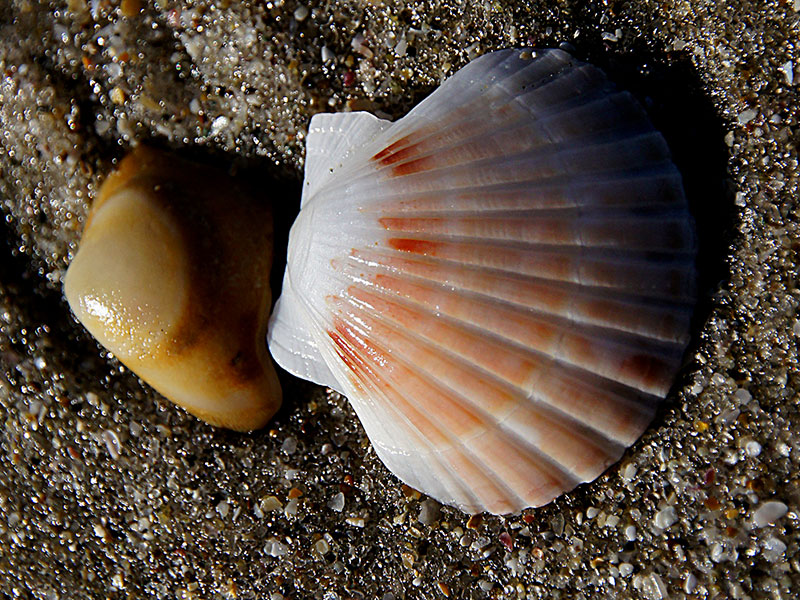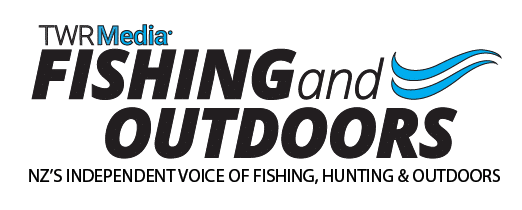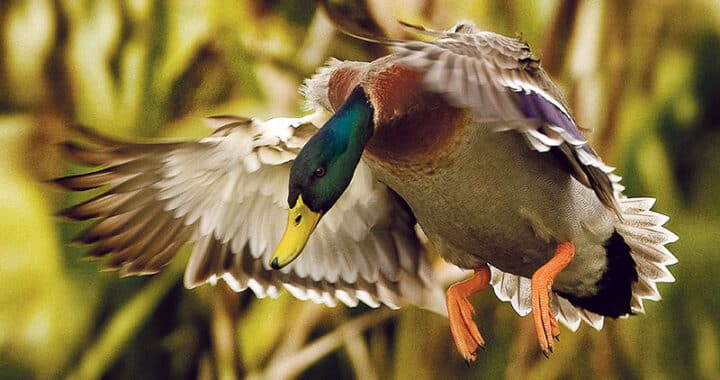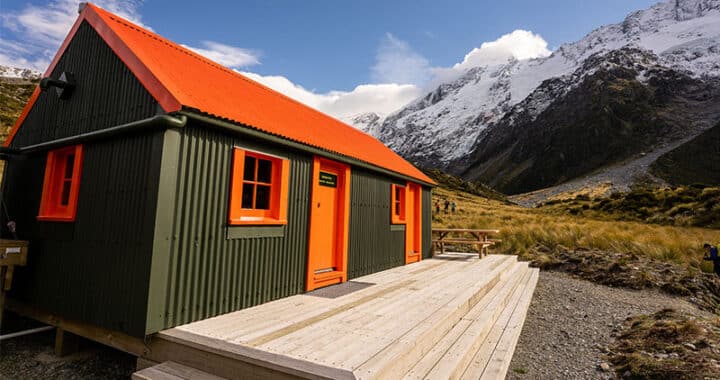Coromandel scallop fishery to remain closed
2 min read
New information led to a temporary emergency closure of the two remaining open areas in Coromandel. Photo: Bernard Spragg, licensed under CC0 1.0
The Coromandel scallop fishery has been fully closed to commercial and recreational fishing to allow it to recover.
In 2021, most of the Coromandel fishery and all of the Northland scallop fishery were closed due to sustainability concerns, and in December 2022, new information led to a temporary emergency closure of the two remaining open areas, said Fisheries New Zealand director of fisheries management, Emma Taylor.
The decision was made by minister for ocean and fisheries, Stuart Nash, based on new survey information that showed the two open areas in the fishery could no longer sustain harvesting.
“The initial closures followed extensive surveys in 2021, which revealed sustainability concerns. Results from surveys in the areas around Little Barrier Island and the Colville Channel in 2022 revealed further serious declines in scallop numbers,” said Taylor.
“In light of this evidence, feedback received during public consultation supported a full and ongoing closure of the fishery as well as reductions to the total allowable catch to give the fishery the best chance of recovery.
“The Minister has decided to set the commercial and recreational allowances at zero, reflecting that no fishing will take place while the closure is in effect. The closure will not affect the relatively small amount of customary allowance. We note iwi in the region strongly support the recovery of the fishery and issuing of customary fishing permits has been limited if not completely ceased.
“I’d like to thank iwi for their continued input and support in managing the recovery of this important shared fishery.”
Forest & Bird welcomed the decision to close the fishery.
“The Minister of Oceans and Fisheries Stuart Nash has made the right decision to close this fishery. Forest & Bird also welcomes the support that commercial and recreational fishers and Te Ohu Kaimoana showed for closing the fishery,” the organisation said.
“Closing the last dredged commercial tipa/scallop fishery in New Zealand should be a wake-up call over how we are managing our coastal seas and the impact of destructive seabed fishing. Tikanga rāhui placed by mana whenua to protect tipa within Tikapa Moana displayed leadership and if the Government had acted swiftly to back up the rāhui with regulation it might have prevented the collapse of the last two remaining tipa beds.
“We need to clean up the rivers that flow into our coastal seas and end destructive seabed fishing. This means looking at the role of forestry, agriculture, and urban development in polluting coastal seas.”
Fishery closure
- All of the Coromandel scallop fishery (SCA CS) remains closed to commercial and recreational scallop fishing.
- The Total Allowable Catch (TAC) has been reduced from 19 to 11 tonnes.
- Commercial and recreational allowances have been set at zero, and the allowance for customary Māori fishing has been retained at 10 tonnes.



